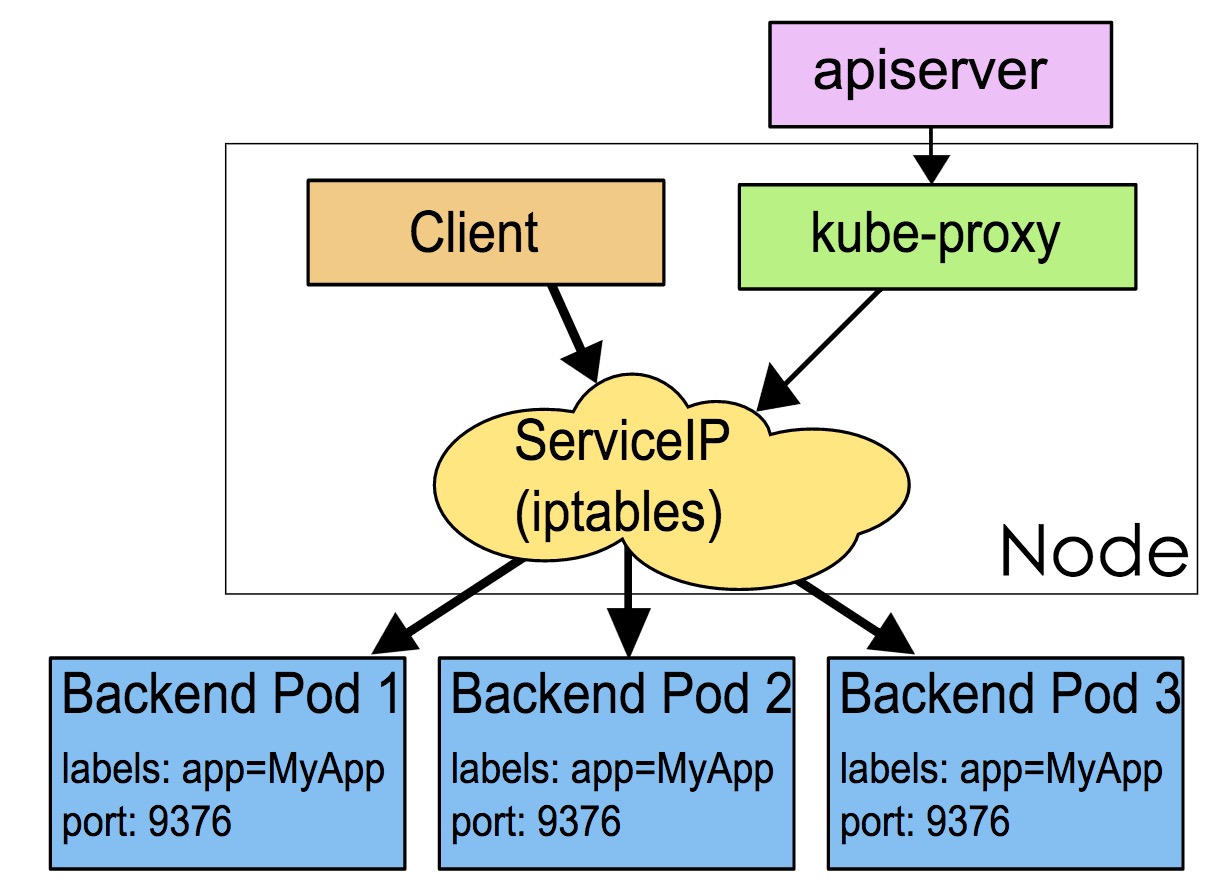1 序言
kube-proxy管理sevice的Endpoints,service对外暴露一个Virtual IP(Cluster IP), 集群内Cluster IP:Port就能访问到集群内对应的serivce下的Pod。 service是通过Selector选择的一组Pods的服务抽象,提供了服务的LB和反向代理的
kube-proxy的主要作用就是service的实现。 service另一个作用是:一个服务后端的Pods可能会随着生存灭亡而发生IP的改变,service的出现,给服务提供了一个固定的IP,无视后端Endpoint的变化。
kube-proxy 工作监听 etcd(通过apiserver 的接口读取 etcd),来实时更新节点上的 iptables
iptables,它完全利用内核iptables来实现service的代理和LB,iptables mode使用iptable NAT来转发,存在性能损耗。如果集群中上万的Service/Endpoint,那么Node上的iptables rules将会非常庞大。
目前大部,都不会直接用kube-proxy作为服务代理,通过自己开发或者通过Ingress Controller。
2 main函数
func main() {
command := app.NewProxyCommand()
// TODO: once we switch everything over to Cobra commands, we can go back to calling
// utilflag.InitFlags() (by removing its pflag.Parse() call). For now, we have to set the
// normalize func and add the go flag set by hand.
pflag.CommandLine.SetNormalizeFunc(utilflag.WordSepNormalizeFunc)
pflag.CommandLine.AddGoFlagSet(goflag.CommandLine)
// utilflag.InitFlags()
logs.InitLogs()
defer logs.FlushLogs()
if err := command.Execute(); err != nil {
fmt.Fprintf(os.Stderr, "error: %v\n", err)
os.Exit(1)
}
}
